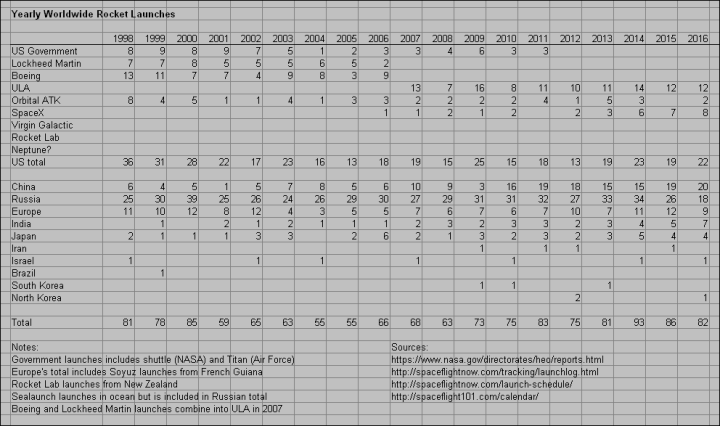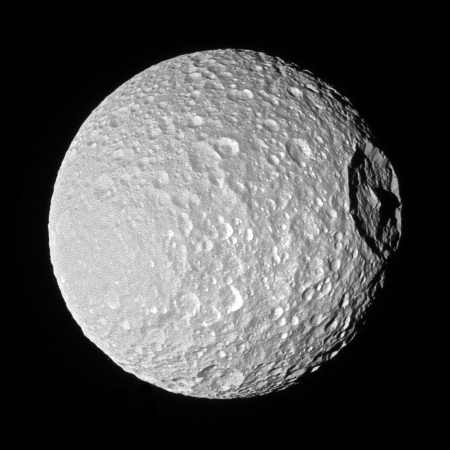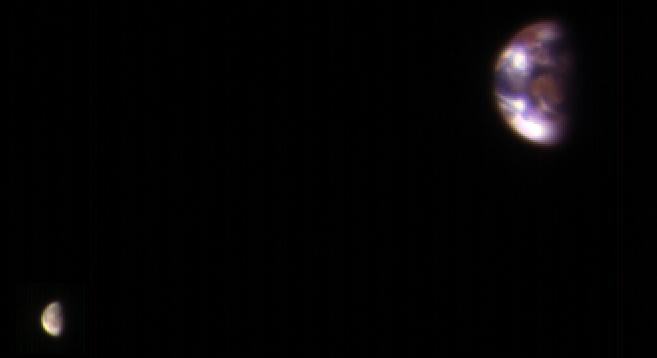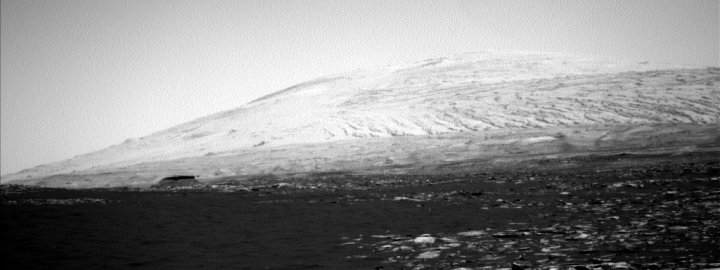A centrifuge costing 20 cents based on a toy
Scientists at Stanford have developed a centrifuge costing 20 cents to make, based on a child’s toy, that can be used in the field to separate blood samples.
According to Stanford, Prakash and post-doctoral fellow Saad Bhamla came up with the “paperfuge” while looking at toys like tops and yo-yos for inspiration. Noticing how the disc of a whirligig spins when the cords on either side are pulled, they decided to make a slow motion video of one, only to discover that it rotated at 10,000 to 15,000 RPM.
The pair started developing prototypes using a blood capillary tube mounted on a paper disc, but they went beyond simple tinkering as they recruited three undergraduate engineering students from MIT and Stanford to create mathematical models of how the whirligig could change a pulling motion into a rotary motion. Looking at variables like disc size, string elasticity, and pulling force, they combined this with equations from the physics of supercoiling DNA to gain a better understanding of the whirligig’s mechanism.
The result was a centrifuge made of 20 cents of paper, twine, and plastic that could spin at 125,000 RPM, generate 3,000 G’s, and process samples in 1.5 minutes.
I have embedded a video explaining the paperfuge below the fold. I wonder if a variation of this on ISS could do low gravity experiments.
» Read more
Scientists at Stanford have developed a centrifuge costing 20 cents to make, based on a child’s toy, that can be used in the field to separate blood samples.
According to Stanford, Prakash and post-doctoral fellow Saad Bhamla came up with the “paperfuge” while looking at toys like tops and yo-yos for inspiration. Noticing how the disc of a whirligig spins when the cords on either side are pulled, they decided to make a slow motion video of one, only to discover that it rotated at 10,000 to 15,000 RPM.
The pair started developing prototypes using a blood capillary tube mounted on a paper disc, but they went beyond simple tinkering as they recruited three undergraduate engineering students from MIT and Stanford to create mathematical models of how the whirligig could change a pulling motion into a rotary motion. Looking at variables like disc size, string elasticity, and pulling force, they combined this with equations from the physics of supercoiling DNA to gain a better understanding of the whirligig’s mechanism.
The result was a centrifuge made of 20 cents of paper, twine, and plastic that could spin at 125,000 RPM, generate 3,000 G’s, and process samples in 1.5 minutes.
I have embedded a video explaining the paperfuge below the fold. I wonder if a variation of this on ISS could do low gravity experiments.
» Read more




